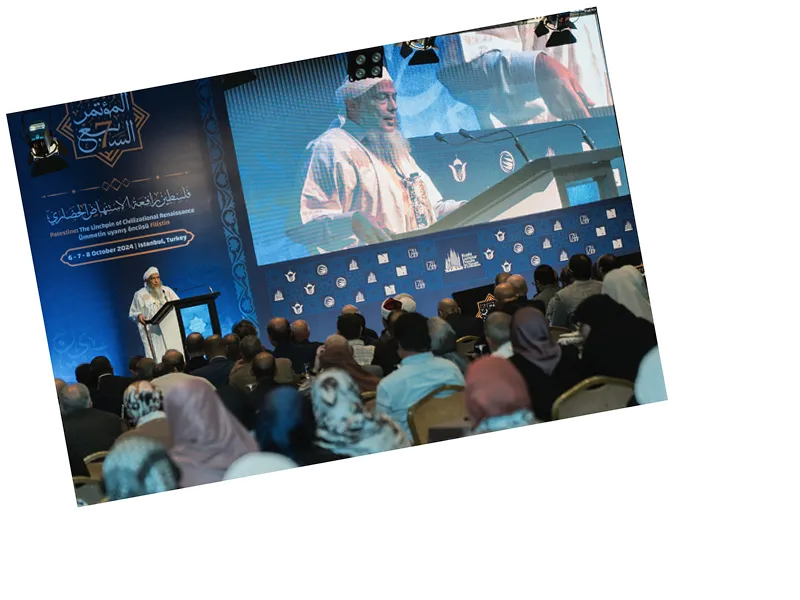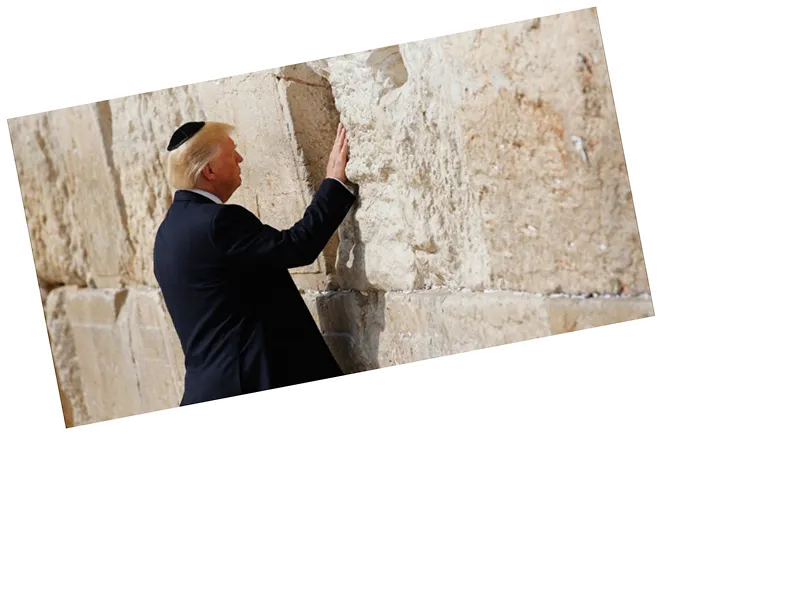The Remarkable Urban Development of Islamic Cities
A thousand years ago, Islamic cities were characterized by advanced urban planning, featuring shaded and lit streets, hotels, and shopping malls. Renowned historian Will Durant highlighted the stark contrast between the well-lit Islamic capitals and the dark, unlit cities of Europe during the same period. This architectural brilliance stemmed from a profound understanding of urbanism, which was evident from the time of the Prophet Muhammad, who emphasized the importance of city planning in establishing a cohesive society.
The concept of the Islamic city began with the Prophet's migration to Madinah, where he laid the groundwork for a community that integrated diverse tribes and faiths. The mosque was central to this urban design, symbolizing unity and serving as a hub for economic activity. The integration of markets and residential areas around mosques facilitated trade and social interaction, leading to a vibrant civic life.
As Islamic civilization expanded through conquests, cities like Kufa and Basra emerged, modeled after Madinah. These cities became centers of knowledge, culture, and trade, showcasing the Islamic commitment to urban development. The flourishing of crafts, industries, and intellectual pursuits was evident, with public facilities such as hospitals, schools, and government institutions being established to cater to the growing population.
Despite the military origins of many Islamic cities, the civil spirit prevailed, fostering a culture of coexistence among various religious and ethnic groups. The architectural harmony found in these cities reflected a unified vision, where aesthetics and functionality coalesced to create spaces that served the community's needs.
Infrastructure and Public Services
Islamic cities were distinguished by their sophisticated infrastructure, including water management systems that ensured access to fresh water, essential for sustaining urban life. Historical accounts detail the development of extensive water networks, fountains, and public baths, emphasizing the importance placed on hygiene and public health.
Security was also a priority, with the establishment of police forces and organized systems to maintain order. The integration of markets within urban centers allowed for economic activity to thrive, with regulations ensuring fair trade practices. The markets were strategically located near mosques, reflecting the interconnectedness of spiritual and economic life.
In addition to trade, educational institutions flourished across Islamic cities. The establishment of schools and libraries facilitated the spread of knowledge, with notable centers of learning emerging in cities like Baghdad and Cairo. The Nizamiyah School in Baghdad, for instance, became a model for educational excellence, offering free education and resources to students.
Cultural and Social Dynamics
The cultural fabric of Islamic cities was rich and diverse, as various sects and communities coexisted, contributing to a dynamic social environment. Public spaces such as gardens and parks provided recreational areas for citizens, while grand mosques served as both religious and social gathering points.
The emphasis on public welfare was evident in the establishment of hospitals that provided free medical care, showcasing an early commitment to healthcare that would later influence Western practices. Will Durant noted that Islamic civilization led the world in hospital development, with institutions that catered to all, regardless of wealth or status.
Conclusion: Legacy of Islamic Urbanism
The legacy of Islamic urbanism is profound, with its principles of community integration, public welfare, and aesthetic harmony influencing city planning well beyond its historical context. The urban models established during this period not only reflect the ingenuity of Islamic civilization but also serve as a testament to the enduring importance of thoughtful urban design in fostering social cohesion and cultural richness.





